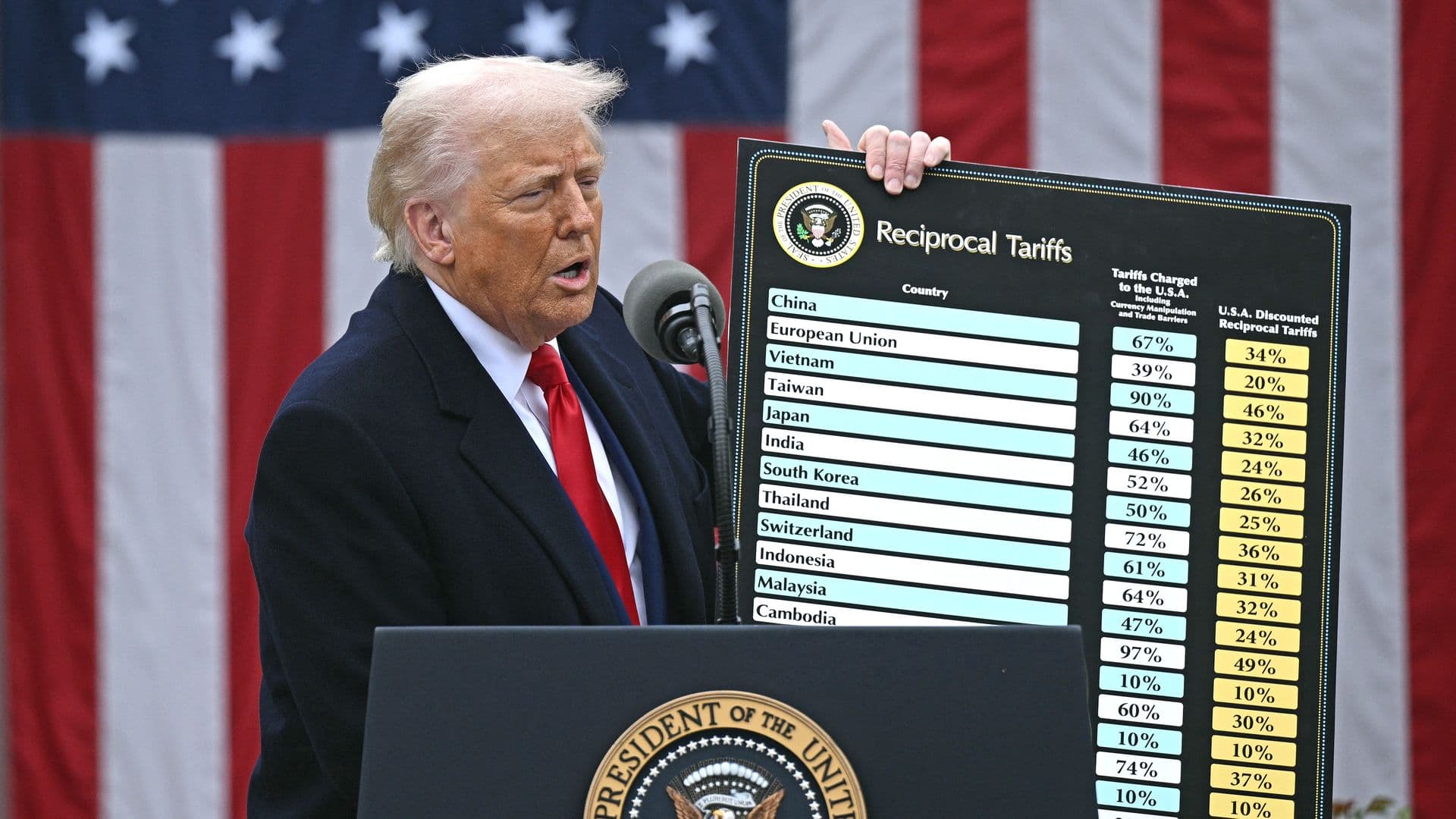Supreme Court to Weigh Presidential Tariff Authority in Landmark November Hearing

Washington D.C. – The U.S. Supreme Court is poised to hear arguments in November 2025 regarding the legality of tariffs imposed by the Trump administration under the International Emergency Economic Powers Act (IEEPA). This high-stakes legal battle could significantly redefine the scope of presidential authority over trade policy, a development conservative columnist George F. Will highlighted as potentially "reining in the rampant Trump presidency." The case, consolidated as Learning Resources v. Trump, challenges the administration's broad use of IEEPA to enact sweeping levies.
Lower federal courts, including the U.S. Court of International Trade, have previously ruled that IEEPA does not grant the president the power to set tariffs, citing the act's intent to limit, not expand, executive power following post-Watergate reforms. These rulings, however, have been stayed pending the Supreme Court's review. The administration has appealed, arguing that the president's actions were justified by declared national emergencies related to trade deficits and fentanyl trafficking.
In anticipation of a potential adverse ruling on IEEPA tariffs, the Trump administration has aggressively expanded its use of other trade authorities, particularly Section 232 of the Trade Expansion Act and Section 301 of the Trade Act of 1974. Tariffs imposed under these provisions, which cite national security or unfair trade practices, have largely withstood judicial scrutiny. Recent actions include new Section 232 tariffs on pharmaceuticals, industrial machinery, and furniture, effectively creating a "backup plan" impervious to the IEEPA legal challenge.
The Supreme Court's decision is expected to have far-reaching implications beyond the tariffs themselves, shaping the balance of power between the executive and legislative branches on economic statecraft. While some legal experts suggest the conservative majority might be reluctant to curb executive power in foreign affairs, others believe the court could draw a line on the president's ability to impose unlimited new taxes. Regardless of the outcome, the administration has signaled its intent to continue utilizing tariffs as a policy tool, potentially intensifying reliance on Section 232 and Section 301.